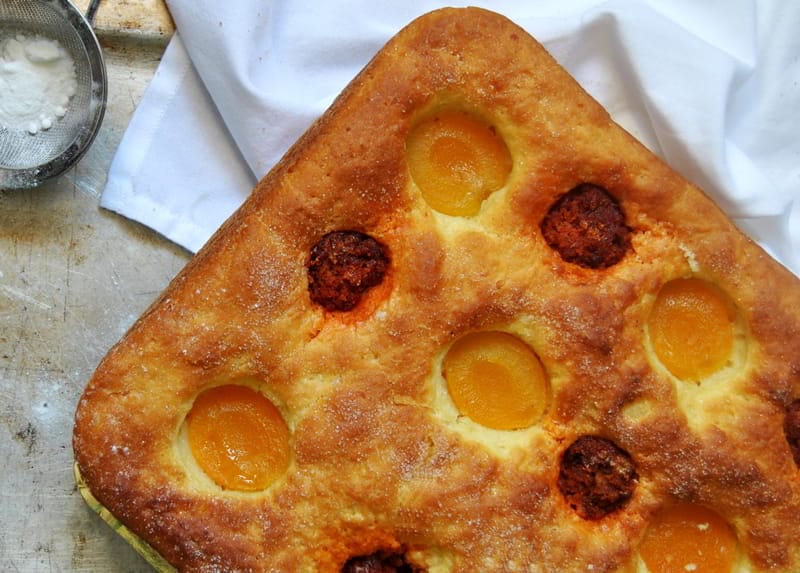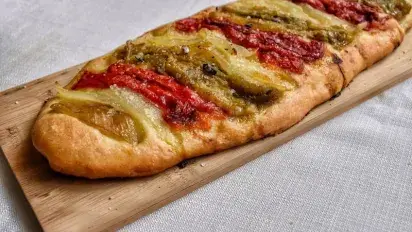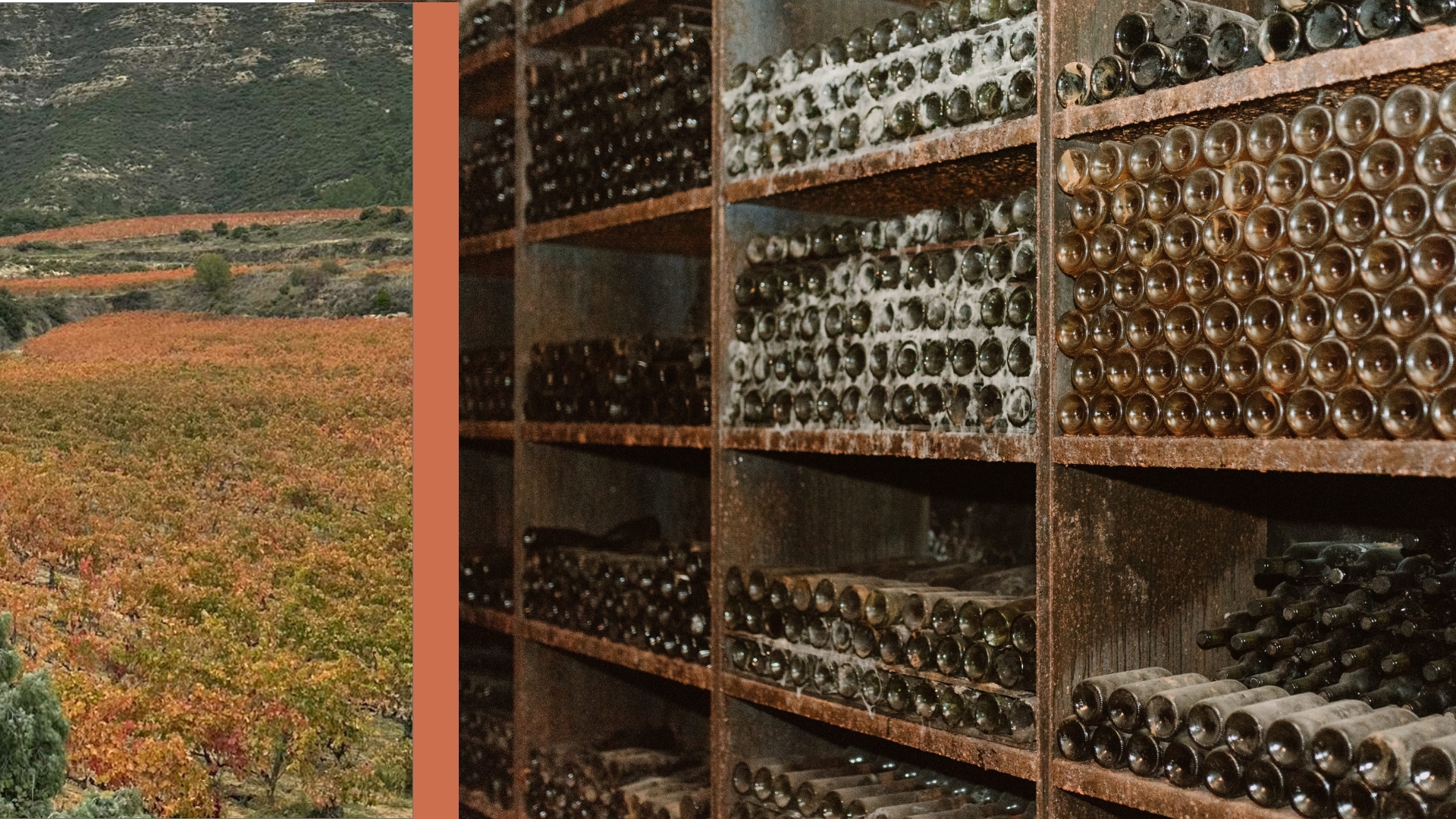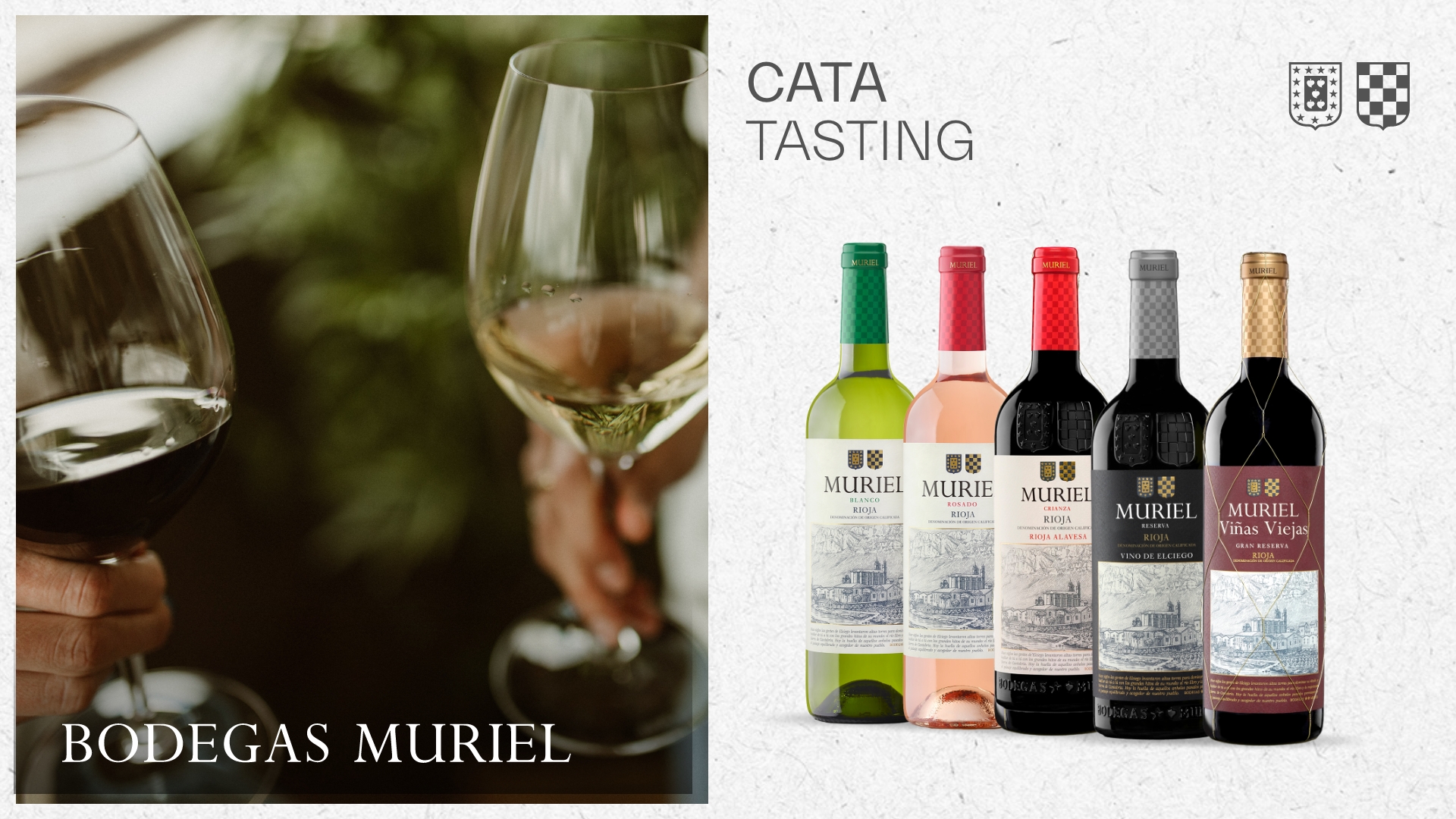We bake a flatbread dough topped with a variety of ingredients and after a short while we have the quintessential Mediterranean food. This base has nourished generations of individuals, people of all ages and backgrounds, for centuries and in virtually all corners and shores of the Mare Nostrum.
So what do we call this recipe? The consumer society refers to it pizza, now one of the most popular products in the world. Few things travel farther than pizza: born in the south of Italy -naturally, on the shores of the Mediterranean-, it crossed over to America with the Italian immigrants of the early 20th century, triumphed in the vibrant cities of the New World (notably New York and Buenos Aires) and from there returned to Europe as a fast food mainstay.
But the success of this pizza journey hides something. The story of the "bread dough with things on it" travels through little-known paths that may not have been as successful worldwide as pizza, but instead lead to pleasures unfamiliar to most people. One of these alternative itineraries belongs to the "coca", a somewhat vague word that describes a preparation, both savoury and sweet, that is traditional throughout the Spanish Mediterranean arch and even in many areas of the Ebro basin.
We love coca. It's yummy, nutritious and balanced. It's perfect at any time of the day or night, it's a hit at any dining occasion, and it keeps well for two or three days.
Furthermore, coca accepts multiple combinations. Ingredients may vary significantly from region to region, even from town to town. There are, however, a few very popular and versatile types such as coca topped with onion, ratatouille, roasted peppers and anything with proteins like sardines or herrings or any sort of sausage.
We should champion coca. It is a traditional, deeply rooted food that deserves to be as popular as pizza in the eyes of the public worldwide. It actually should be even more popular. Just like its Italian cousin, it is easy and 'fast' and, because it is relatively unknown, it has succeeded in preserving its authenticity.
Moreover, we unashamedly believe that coca is a wonderful companion to wine. We wouldn't want to end this praise without recommending three simple and easy coca pairings with three Muriel wines.
Roasted peppers and sardine coca with Viña Muriel Blanco Reserva
A classic coca, heir to an intensely frugal, pure Mediterranean cuisine. A white wine with volume like Viña Muriel Blanco Reserva adds refreshing intensity.
Onion, tomato and sausage coca with Muriel Crianza
This coca de "recapte", popular in Lleida, Tarragona and other areas, adds a degree of richness but it is not at all heavy. The meat adds structure and is complemented with the lightness of the tannins of Muriel Crianza.

Apricot coca with Conde de los Andes Semidulce
A typical Mallorcan recipe combining sweetness and acidity. It is perfect with Conde de los Andes Semidulce, now in its 2003 vintage, which has a soft and subtle texture.

You may also be interested in:




